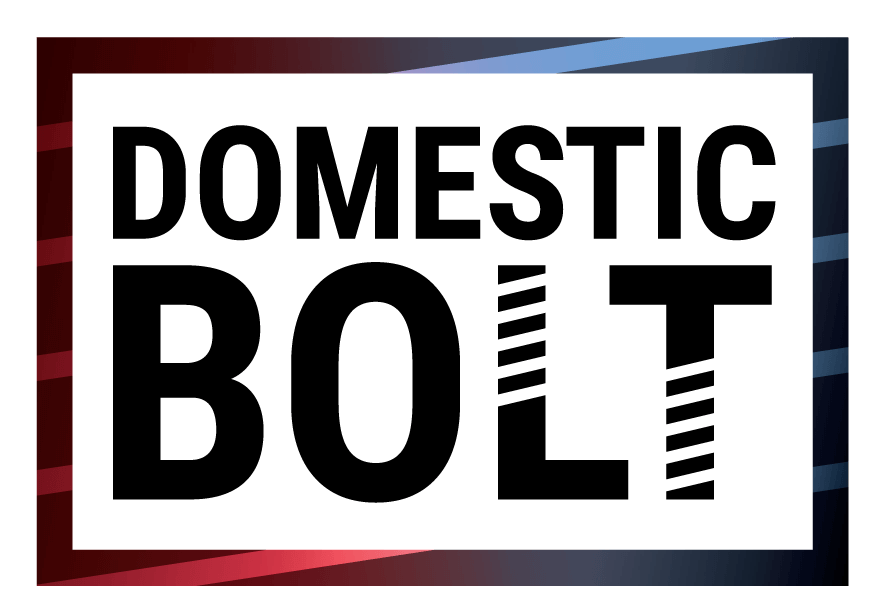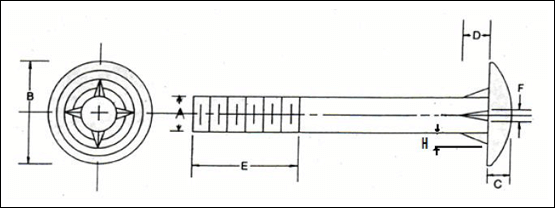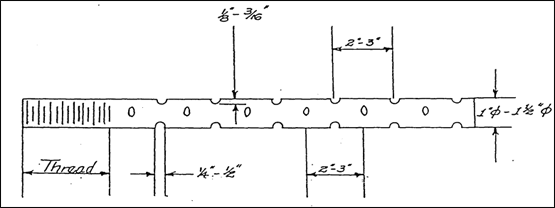A bolt is a form of threaded fastener with an external male thread. Bolts are thus closely related to, and often confused with, screws.
The defining distinction of a bolt is in their intended purpose: bolts are for the assembly of two unthreaded components, with the aid of a nut. Screws in contrast are used with components, at least one of which contains its own internal thread, which even may be formed by the installation of the screw itself. Many threaded fasteners can be described as either screws or bolts, depending on how they are used.
Bolts are often used to make a bolted joint. This is a combination of the nut applying an axial clamping force and also the shank of the bolt acting as a dowel, pinning the joint against sideways shear forces. For this reason, many bolts have a plain unthreaded shank as this makes for a better, stronger dowel. The presence of the unthreaded shank has often been given as characteristic of bolts vs. screws, but this is incidental to its use, rather than defining.
The team at The Domestic Bolt will work with you to make the best suitable product for your application. We can create your product based on your specifications or help you find the best fit. Click the "Get A Quote" button below to get started!



